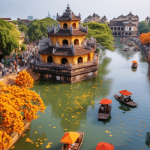North India vs. South India Tourism: Comparing The Best Of Both Worlds
North India vs. South India? Sceptical about which to select for your next trip?
Choosing between North India and South India for travelling is like deciding between Masala Dosa and Chole Bhature, two distinct flavours with unique charm and speciality.
North India offers the Majestic Views of snow-capped Himalayas and the royal charm of Rajasthan. In contrast, South India treats you with its serene beaches of Karnataka and the tranquil backwaters of KeralaTrip.
Both regions have unique cultures, flavours, traditions, and festivals, all surrounded by beautiful scenery.
Let’s explore the differences between North and South India and discover the amazing things these regions offer.
Culture In North And South India: Exploring The Contrasts
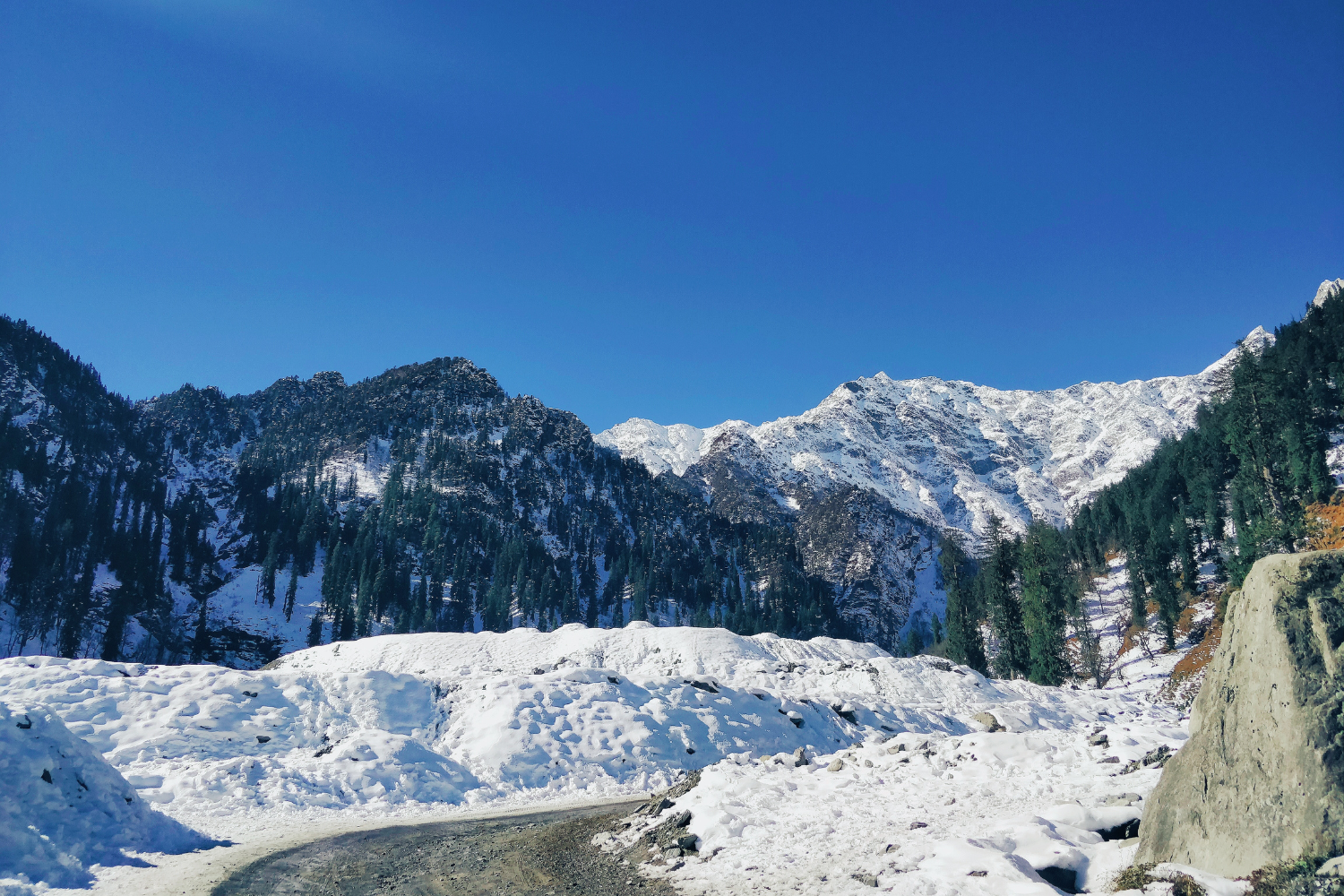
India is a land of incredible diversity, and this diversity is profoundly reflected in its cultures. North India and South India, while sharing the thread of Indian heritage, exhibit distinct cultural nuances that make them unique and fascinating.
North India:
You’ll find a blend of Indo-Aryan and Indo-Islamic cultures in North India. The region is known for its grand Mughal and Rajput legacies. The cuisine here features aromatic spices, rich gravies, and a love for bread, particularly naan and parathas. Traditional attire often includes vibrant turbans for men and colourful sarees for women.
Music and dance are integral parts of North Indian culture, with classical forms like Kathak and Hindustani music gaining prominence.
South India:
On the other hand, Southern India showcases Dravidian culture, known for its unique architectural marvels in the form of intricately carved temples. The cuisine leans towards rice-based dishes, coconut, and a wide range of flavorful chutneys and sambar. Traditional attire often consists of veshti (dhoti) for men and sarees for women, often draped in the distinctive Madisar style.
Carnatic music and classical dance forms like Bharatanatyam are special in South Indian culture.
While North and South India each offer their cultural tapestries, what unites them is the warmth of Indian hospitality and deep-rooted respect for tradition, making both regions a treasure trove for travellers seeking diverse experiences within one incredible nation.
The Aromatic And Delightful Difference In North Indian And South Indian Food:
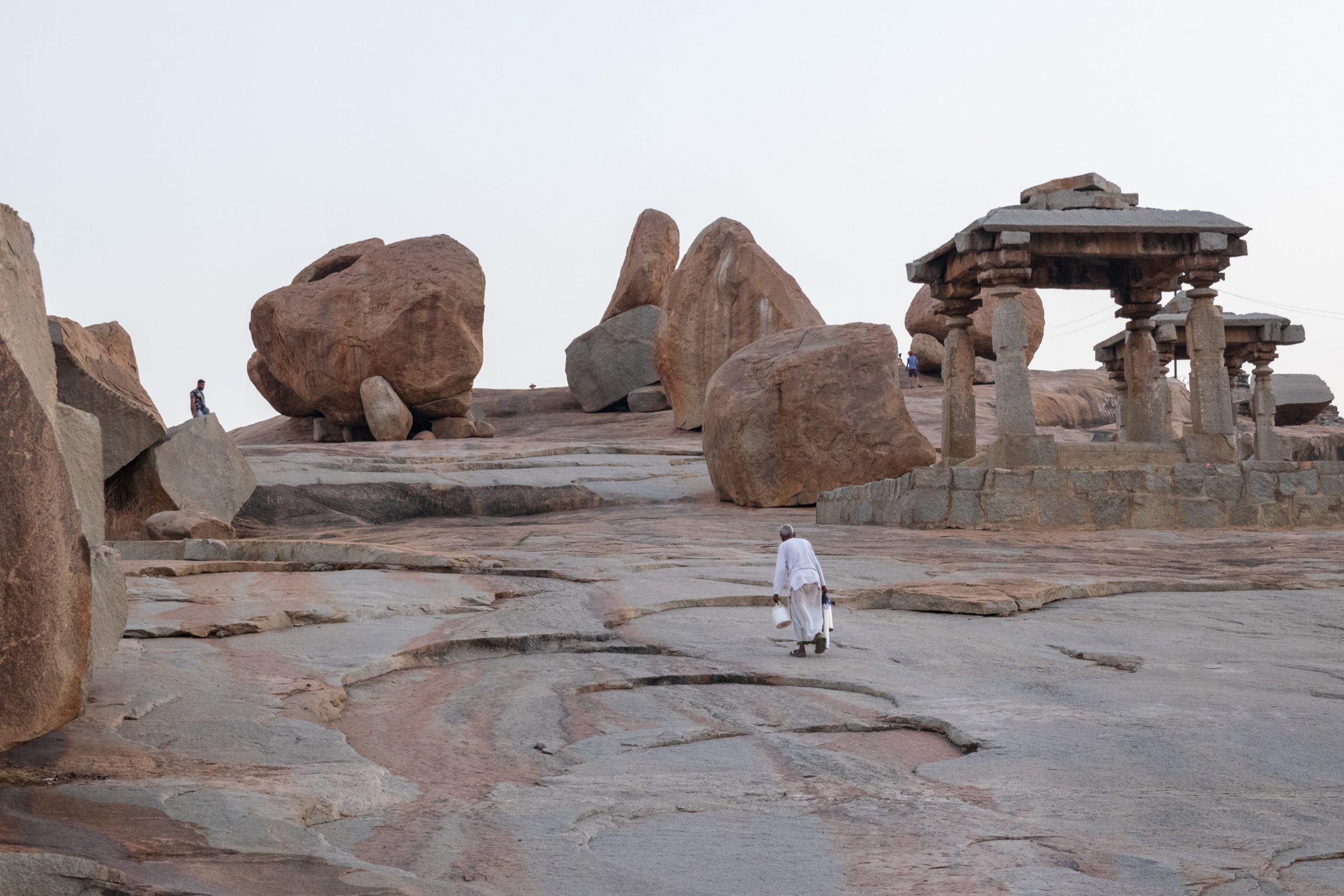
North Indian Food:
North Indian cuisine is known for its use of dairy products like ghee, paneer (cottage cheese), and yoghurt. Wheat-based bread such as roti and naan is more common than rice. Some iconic dishes include butter chicken, tandoori chicken, chicken tikka, biryani, various types of kebabs (like seekh kebabs), and different kinds of curries (like paneer tikka masala).
North Indian cuisine tends to be rich and creamy, balanced with sweet and spicy flavours. Spices like cumin, coriander, and cardamom are frequently used.
The famous North India sweet treats like gulab jamun, jalebi, and various types of halwa.
South Indian Food:
South Indian cuisine relies heavily on rice and coconut. Various forms of coconut oil, coconut milk, and coconut are widely used. Rice-based dishes like dosa and idli are staples.
Some well-known South Indian dishes are dosa, idli, vada, sambar, rasam, various rice dishes (like biryani and pulao), and a wide variety of chutneys.
South Indian food is known for its spiciness and tangy flavours, thanks to ingredients like tamarind and curry leaves. It’s also known for its extensive use of spices and lentils.
The South Indian sweets often include coconut and jaggery. Examples include payasam, Mysore pak, and coconut ladoo.
North and South India have distinct and delicious culinary traditions; you can find various dishes and flavours in each region. The cuisine is influenced by local ingredients, climate, and cultural preferences, making Indian food incredibly diverse and flavorful.
The Fun-Filled Cultural Festivities Of North Indian V/s South Indian
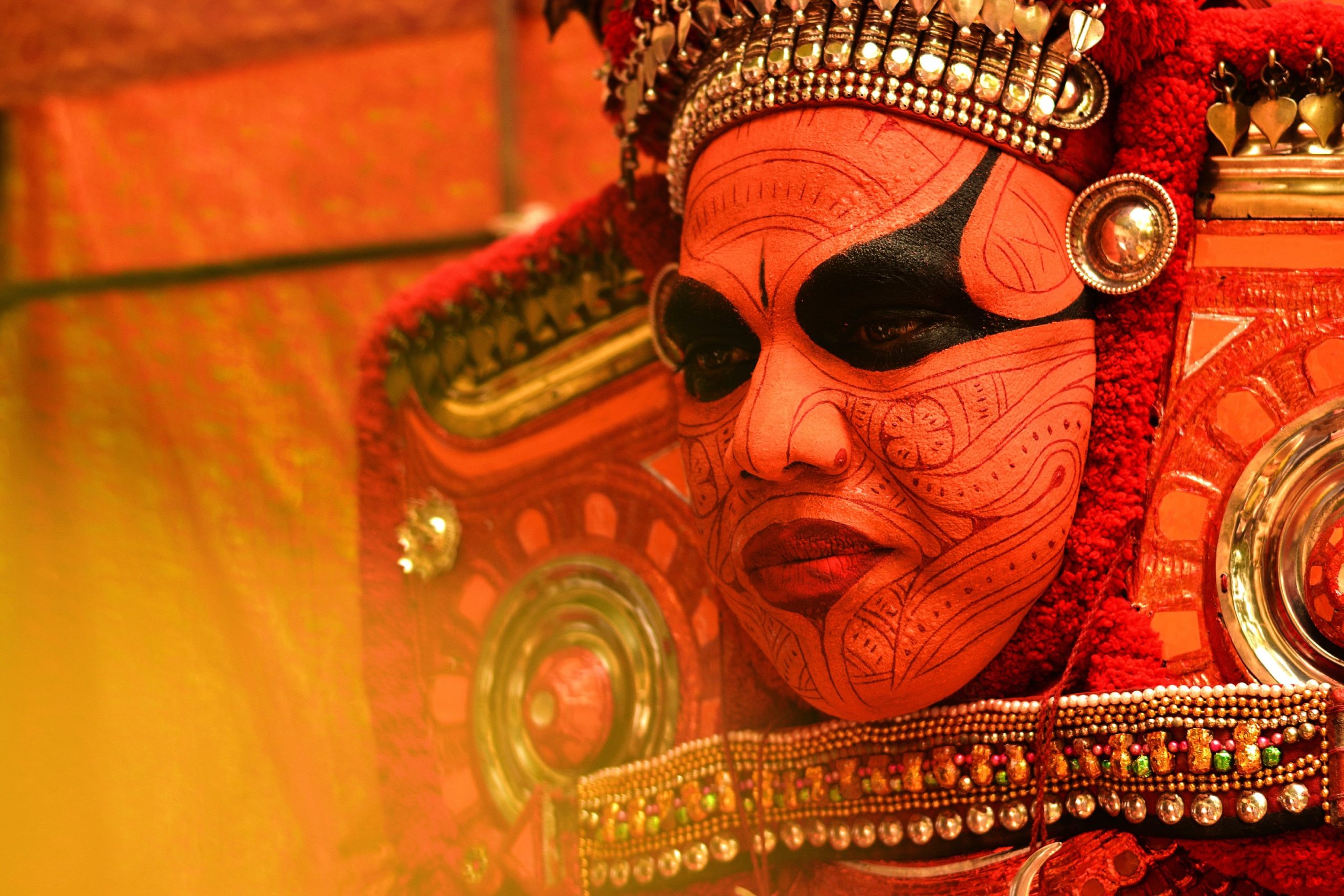
North India Festivals:
- Diwali, also known as the Festival of Lights, is among the most significant Hindu festivals celebrated enthusiastically. It symbolizes the victory of light over darkness and good over evil. People decorate their homes with lamps and candles, exchange gifts, and enjoy a variety of sweets.
- Holi: Holi is a colourful festival celebrated enthusiastically, known for the playful throwing of colored powders and water. It marks the arrival of spring and the triumph of good over evil. Families and friends celebrate with music, dancing, and festive food.
- Navratri and Durga Puja: Navratri is a nine-night festival celebrated with dance and music, particularly in Gujarat and North India. In some regions, it culminates with Durga Puja, a celebration of the goddess Durga’s victory over a demon.
- Eid-ul-Fitr: Muslims in North India celebrate Eid-ul-Fitr with special prayers, feasting, and sharing of sweets to mark the end of Ramadan, the holy month of fasting.
South India Festivals:
- Pongal: Pongal is a harvest festival celebrated in Tamil Nadu to thank the sun god for a bountiful harvest. It involves the preparation of a particular dish called “Pongal”, made from freshly harvested rice and is marked by traditional music and dance.
- Onam: Onam is the biggest festival in Kerala, celebrated with grand feasts, traditional dance (Kathakali), and colourful flower decorations. It marks the return of the legendary King Mahabali.
- Makar Sankranti: Similar to Pongal, Makar Sankranti is a harvest festival celebrated in Andhra Pradesh and Karnataka. People fly kites, exchange sugarcane, and enjoy unique dishes made from sesame seeds and jaggery.
- Navaratri: Navaratri is celebrated with great fervour in South India, particularly in Karnataka and Tamil Nadu. It involves nine nights of music, dance, and worship of the goddess Durga.
These are just a few examples, and both North and South India have a rich tapestry of festivals, each with its unique traditions, customs, and significance. These festivals are an integral part of the cultural heritage of India and are celebrated with joy and enthusiasm by people of all backgrounds.
Places To Visit In North India V/s Places To Visit In South India
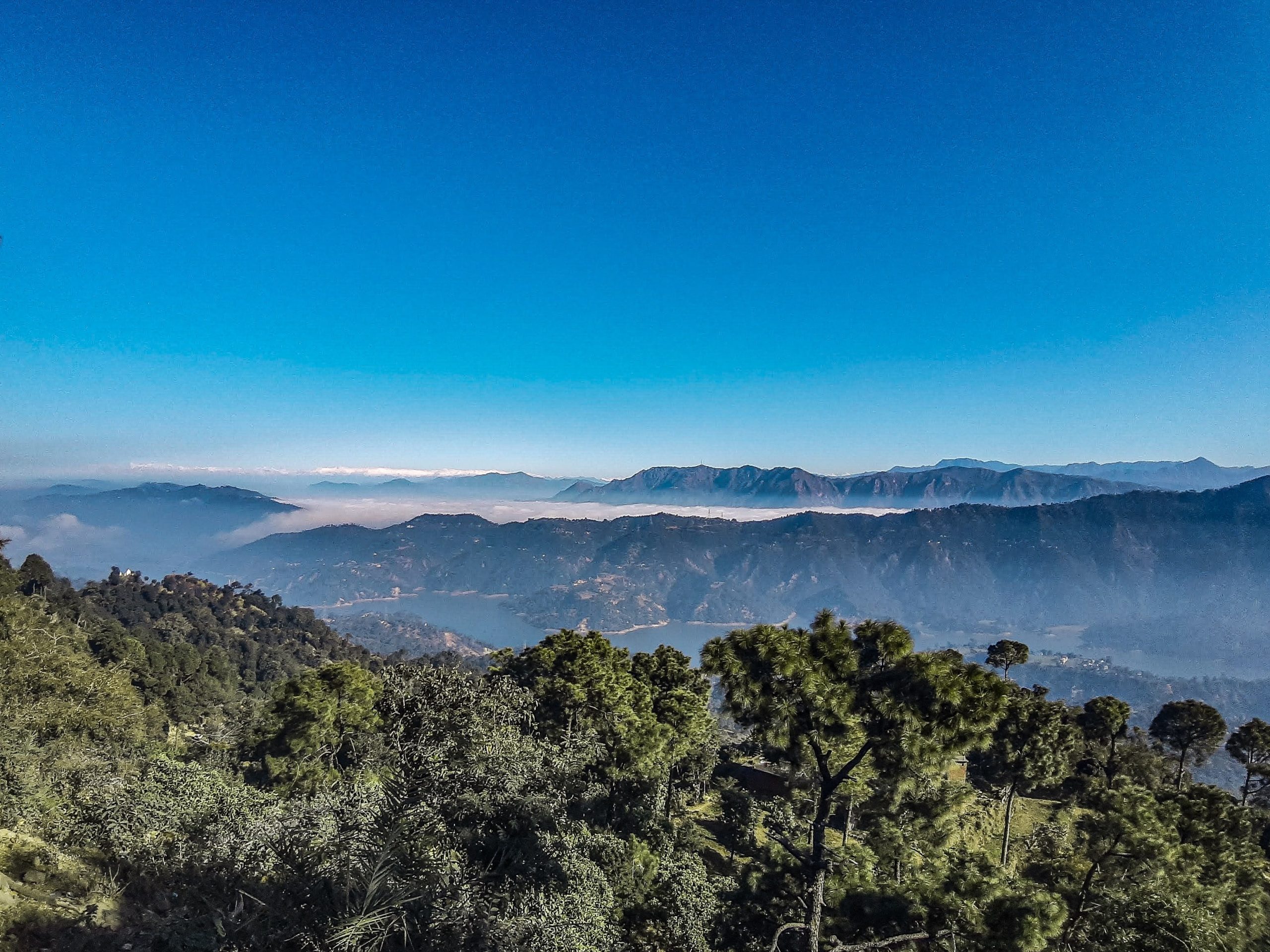
With its diverse tapestry of landscapes, cultures, and historical legacies, North India is a captivating region that promises travellers an extraordinary journey. Whereas for South India, a lush and tropical paradise is a realm of serenity and cultural richness. This region is celebrated for its stunning temple architecture, pristine beaches, vibrant festivals, and flavoursome cuisine.
North Indian Places
Himachal Pradesh, often called the “Devbhumi” or “Land of the Gods,” is a picturesque state in the western Himalayas. This serene destination is known for its stunning landscapes, including snow-capped mountains, lush valleys, and dense forests.
Top Attractions: Shimla, Spiti , Dharamshala, McLeod Ganj, Ladakh Trek
Places to Visit: Hadimba Temple, explore Solang Valley, Mall Road, and Jakhu Temple.
Food to try: Chana Madra, Dham, Babru
2. Rajasthan
Rajasthan, known as the “Land of Kings,” is a state in northern India famous for its rich history, majestic forts, and vibrant culture. The state is also known for its Thar Desert, where camel safaris offer a glimpse into traditional desert life. Rajasthan’s colourful festivals, delicious cuisine, and traditional music and dance make it a captivating destination.
Top Attractions: Jaipur, Udaipur, Jodhpur and Jaisalmer
Places to Visit: Hawa Mahal, City Palace, Jantar Mantar City Palace, Lake Pichola, Jag Mandir, Fateh Sagar Lake
Food to try: Dal Baati Churma, Gatte ki Sabzi, Mirchi Vada, Makhaniya Lassi, and Mawa Kacho
3. Uttar Pradesh
Uttar Pradesh, located in North India, is a state steeped in history and spirituality. It is home to the iconic Taj Mahal, one of the Seven Wonders of the World, in Agra. The state’s capital, Lucknow, is known for its historical significance during the Indian independence movement and delectable Awadhi cuisine.
Top Attractions: Agra, Lucknow, Varanasi
Places to Visit: Kashi Vishwanath Temple, Taj Mahal, Fatehpur Sikri
Food to try: Banarasi Paan, Kachori Sabzi, Tunday Kababi, Galouti Kebabs, and Lucknawi Biryani
4. Delhi
Delhi, the capital of India, is a bustling metropolis where ancient history meets modernity. The vibrant markets of Old Delhi offer a sensory delight, while New Delhi boasts wide boulevards, government buildings, and diplomatic enclaves. Delhi is a cultural melting pot with diverse cuisines, arts, and festivals. Its dynamic energy and blend of old and new make it a captivating destination for travellers seeking history, culture, and contemporary experiences.
Top Attractions: New Delhi, Old Delhi
Places to Visit: Red Fort, Jama Masjid, Chandni Chowk, India Gate, Lotus Temple, Humayun’s Tomb
Food to try: Paranthas, Chaat, Gol Gappas, Kathi Roll, Butter, chicken
5. Punjab
Punjab, often called the “Land of Five Rivers,” is a vibrant state in northern India. Known for its rich agricultural produce, Punjabi culture, and warm hospitality, Punjab offers a unique blend of tradition and modernity. Punjab is famous for its lively festivals, including Baisakhi and Lohri.
Top Attractions: Ludhiana, Chandigarh, Mohali
Places to Visit: Golden Temple, Jallianwala Bagh, Wagah Border, Chandigarh
Food to try: Butter Chicken, Makki di Roti with Sarson da Saag and Amritsari Kulcha:
6. Uttarakhand
Uttarakhand, formerly part of Uttar Pradesh, is a state in northern India known for its natural beauty and spiritual significance.
The state is home to the Himalayan mountain range, which includes famous peaks like Nanda Devi and Badrinath.
Uttarakhand offers numerous opportunities for trekking, wildlife safaris, and spiritual journeys to revered destinations like Rishikesh and Haridwar.
Top Attractions: Rishikesh, Haridwar, Nainital
Places to Visit: Laxman Jhula Bridge, Har Ki Pauri, Naina Devi,
Food to try: Aloo Ke Gutke, chutney, Bal Mithai
Places To Visit In South India
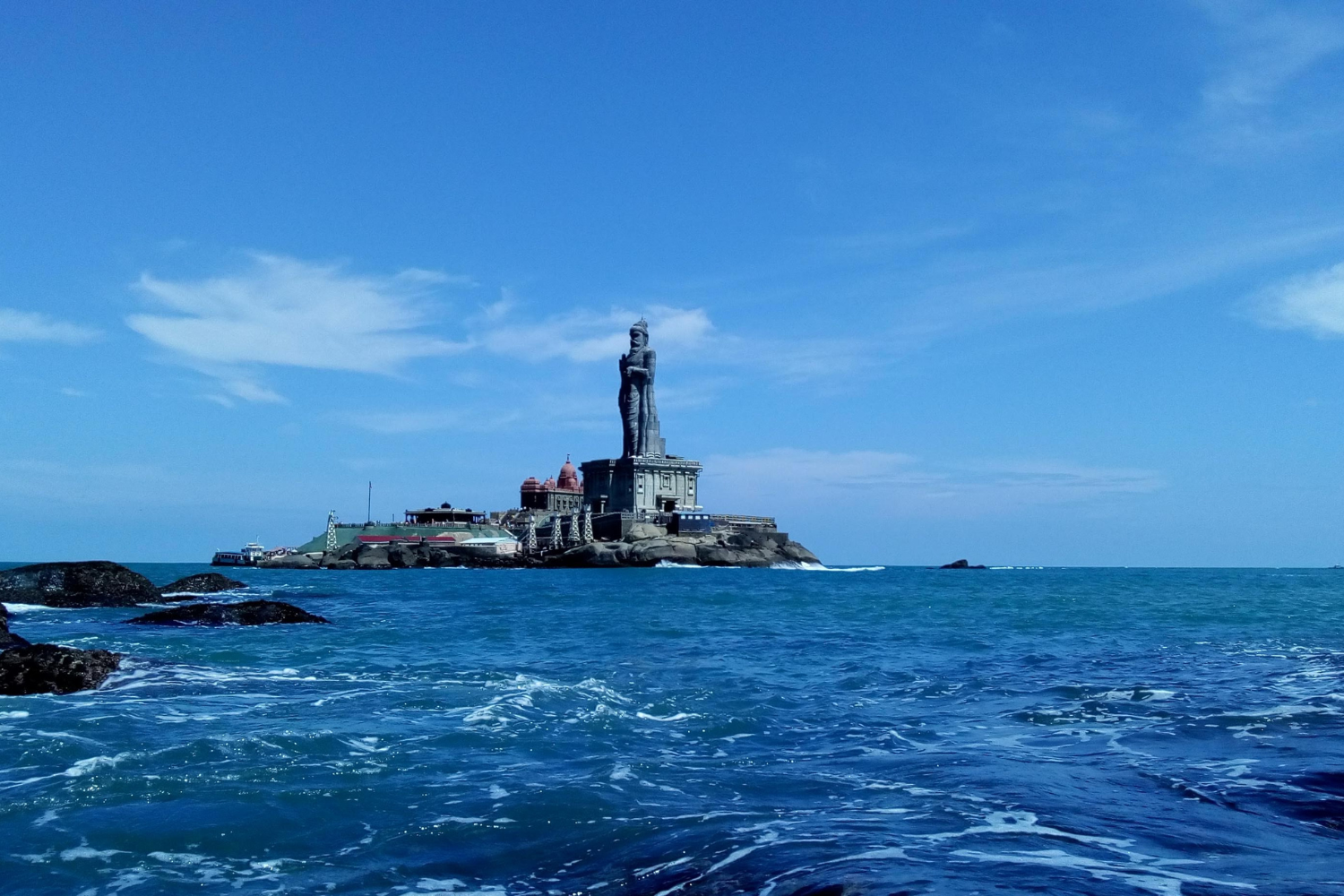
South Indian Places
1. Tamil Nadu
Tamil Nadu, located in the southern part of India, is a land of rich culture, heritage, and natural beauty. The state is famous for classical dance forms like Bharatanatyam and picturesque hill stations like Ooty, offering respite from the heat. Tamil Nadu’s traditional festivals, like Pongal, showcase its people’s warmth and devotion to traditions.
Top Attractions: Ooty, Kodaikanal, Rameswaram.
Places to Visit: Meenakshi Amman Temple, Brihadeeswarar Temple, Thanjavur, Marina Beach, Chennai.
Food to try: Chettinad cuisine, dosa, idli, filter coffee
2. Kerala
Kerala, often called “God’s Own Country,” is a tropical paradise on India’s southwest coast. It’s renowned for its tranquil backwaters, where houseboats glide through lush greenery, and palm-fringed beaches like Kovalam offer relaxation.
Top Attractions: Kochi, Thiruvananthapuram, Wayanad.
Places to Visit: Backwaters of Alleppey, Munnar tea plantations, Periyar Wildlife Sanctuary.
Food to try: Kerala Sadya, seafood, appam with stew
3. Karnataka
Karnataka, a state in South India, offers a blend of ancient history and modernity. The bustling city of Bangalore, known as the Silicon Valley of India, boasts a vibrant nightlife and tech innovation. Nature enthusiasts can explore the coffee plantations of Coorg and the UNESCO-listed ruins of Hampi.
Top Attractions: Bengaluru, Coorg, Badami.
Places to Visit: Hampi, Mysore Palace, Gokarna Beach.
Food to try: Bisi Bele Bath, Mysore masala dosa, filter coffee.
4. Andhra Pradesh
Andhra Pradesh, located on India’s southeastern coast, is known for its diverse cultural heritage and spicy cuisine. The capital, Amaravati, holds historical significance, while Vijayawada is a bustling city on the Krishna River. Andhra Pradesh’s Kuchipudi dance form and vibrant festivals like Ugadi reflect its rich culture.
Top Attractions: Visakhapatnam, Vijayawada, Araku Valley
Places to Visit: Tirupati Balaji Temple, Charminar, Nagarjuna Sagar Dam.
Food to try: Andhra chicken curry, Hyderabadi biryani, Gongura pachadi.
5. Telangana
Telangana, carved out of Andhra Pradesh, is known for its mix of modernity and tradition. Hyderabad, the capital, is a thriving tech hub famous for the Charminar and Golconda Fort. Telangana also preserves the classical dance form of Perini Shivatandavam and celebrates festivals like Bathukamma with zest.
Top Attractions: Hyderabad, Warangal, Nagarjuna Sagar.
Places to Visit: Charminar, Golconda Fort, Ramoji Film City
Food to try: Hyderabadi biryani, haleem, Telangana Ruchulu
6. Goa
Goa, a coastal paradise on India’s western shores, is celebrated for its pristine beaches, vibrant nightlife, and Portuguese-influenced architecture. The state offers a relaxed atmosphere where you can unwind on sandy shores. The state hosts lively festivals like Carnival and Shigmo, showcasing its rich culture and traditions.
Top Attractions: Panaji, Calangute, Palolem
Places to Visit: Baga Beach, Old Goa churches, Dudhsagar Waterfalls.
Food to try: Fish curry rice, vindaloo, Bebinca dessert.
7. Puducherry
Puducherry, also known as Pondicherry, is a charming coastal union territory with a French colonial heritage. The French Quarter reflects this influence with its colourful buildings and cafes. The spiritual Auroville and Aurobindo Ashram draw seekers from around the world. Puducherry’s cuisine offers a blend of Indian and French flavours, and you must try the delicious seafood and French pastries.
Top Attractions: Panaji, Calangute, Palolem.
Places to Visit: Baga Beach, Old Goa churches, Dudhsagar Waterfalls.
Food to try: Fish curry rice, vindaloo, Bebinca dessert.
Also Read: Places to Visit in Rajasthan.
Frequently Asked Questions To Choose North Or South India
1. What are the significant differences between North and South India that can help me decide which region to visit?
North and South India offer distinct cultural, geographical, and culinary experiences. The major differences can help you decide which region to visit based on your preferences. In North India, you’ll encounter a diverse landscape featuring the majestic Himalayan mountains, the arid Thar Desert, and the fertile Indo-Gangetic plains.
In contrast, South India is characterised by lush landscapes, including tropical forests, serene backwaters, and pristine beaches. South Indian cuisine is famous for its dosas, idlis, and a wide range of vegetarian dishes.
2. Which region is better for experiencing India's rich history and heritage?
North and South India have rich histories and heritages, but the North is often considered the heartland of historical India. Cities like Delhi, Agra, and Varanasi are steeped in history, with architectural marvels and ancient traditions. The Taj Mahal, Red Fort, and Qutub Minar symbolise India’s past. However, South India also boasts a rich historical legacy, with its ancient temples, classical dance forms, and unique Dravidian architecture. It’s a great region to explore India’s cultural heritage, especially if you’re interested in art, music, and spirituality.
3. What are some of the unique cultural experiences I can have in South India?
South India offers a plethora of unique cultural experiences. You can witness classical dance forms like Bharatanatyam and Kuchipudi, which have deep roots in the region. Explore ancient temples with intricate Dravidian architecture and intricate sculptures, such as the Meenakshi Temple in Madurai. Savour the distinct flavours of South Indian cuisine, known for its dosas, idlis, and coconut-infused curries. Attend vibrant festivals like Pongal, Onam, and Diwali, each celebrated with regional rituals and fervour.
4. Which region is more suitable for nature and adventure lovers?
Nature and adventure lovers will find both North and South India captivating, but the choice depends on your preferences. North India offers the Himalayan region, perfect for trekking, river rafting, and camping adventures. You can explore the natural beauty of Himachal Pradesh and Uttarakhand. South India, on the other hand, boasts lush landscapes, pristine beaches, and dense forests. It’s a paradise for wildlife enthusiasts, with national parks like Periyar and Nagarhole offering wildlife safaris. South India also provides opportunities for trekking in the Western Ghats, exploring backwaters in Kerala, and water sports along the coastline.
5. How do I decide between North and South India for my trip?
To decide between North and South India, consider your interests and the type of experiences you seek. If you’re drawn to historical monuments, bustling cities, and a taste of Mughal and Rajput heritage, North India is the choice. For cultural immersion, classical arts, and a more relaxed pace, South India beckons. Adventure seekers may prefer North India for its mountainous terrain, while nature enthusiasts might lean toward South India’s serene landscapes. Both regions offer a unique charm, so aligning your trip with your passions, whether they involve history, culture, adventure, or nature, is essential.





